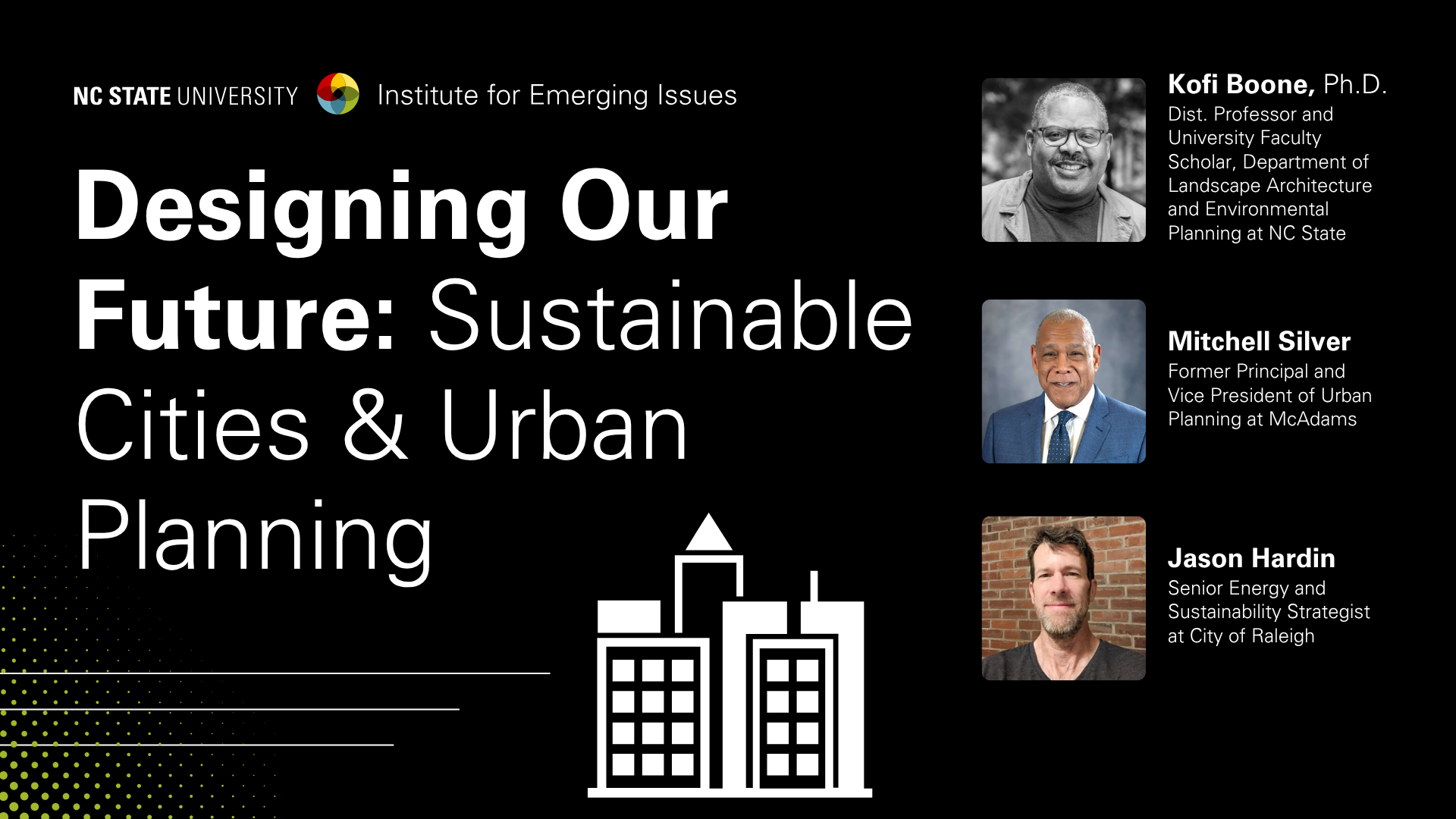A Data Quest

The ReCONNECT to Economic Opportunity program of work is intentionally focused on “prime age” adult workers (25-54 year-olds) who do not have sustainable-wage employment. As the Institute for Emerging Issues (IEI) set out to frame this critical issue, we identified two key data holes that needed to be answered:
- How many prime age workers in the state do not have sustainable-wage employment?
- What role does educational attainment play in having sustainable-wage employment?
While there is a lot of available information on adult workers and wages, identifying whether those workers are currently making a sustainable-wage was not an easy task. It turns out that many factors can influence whether your wage is sustainable, such as the county you live in and your family type. While several entities have tried to quantify this income level by county, it remained unclear what percent of households were meeting this threshold.
As we often do when faced with a data challenge, IEI looked to our partners for their expertise and support. We started with the United Way of North Carolina’s 2017 Self-Sufficiency Standard that defines the amount of income necessary to meet the basic needs of North Carolina families, differentiated by family type and county where they live. We then partnered with RTI International to leverage the RTI U.S. Synthetic Household Population™ platform to estimate the number of households with adult workers not meeting “self-sufficiency” in 2017. It looks as though enough data is available to highlight two household types: 1) single adult, and 2) two adults with one school-aged child and one child of preschool age.
Thanks to the My Future NC Commission, we know that by 2030, North Carolina will fall 400,000 workers short of the number it needs with a meaningful credential beyond high school. And thanks to Carolina Demography, we know that NC has 1.35 million prime age workers with a high school degree or less and, we know from national data that 74% of these workers make less than $35,000 a year. What we don’t yet know is what this data looks like on a county level, so we hope to tease out the educational attainment data for the household types described above that are not meeting self-sufficiency.
We plan to release this data in the coming weeks with the intent to draw attention to this important issue. We hope communities across the state will use the information to start conversations, consider strategies, and move to action.
- Categories:


